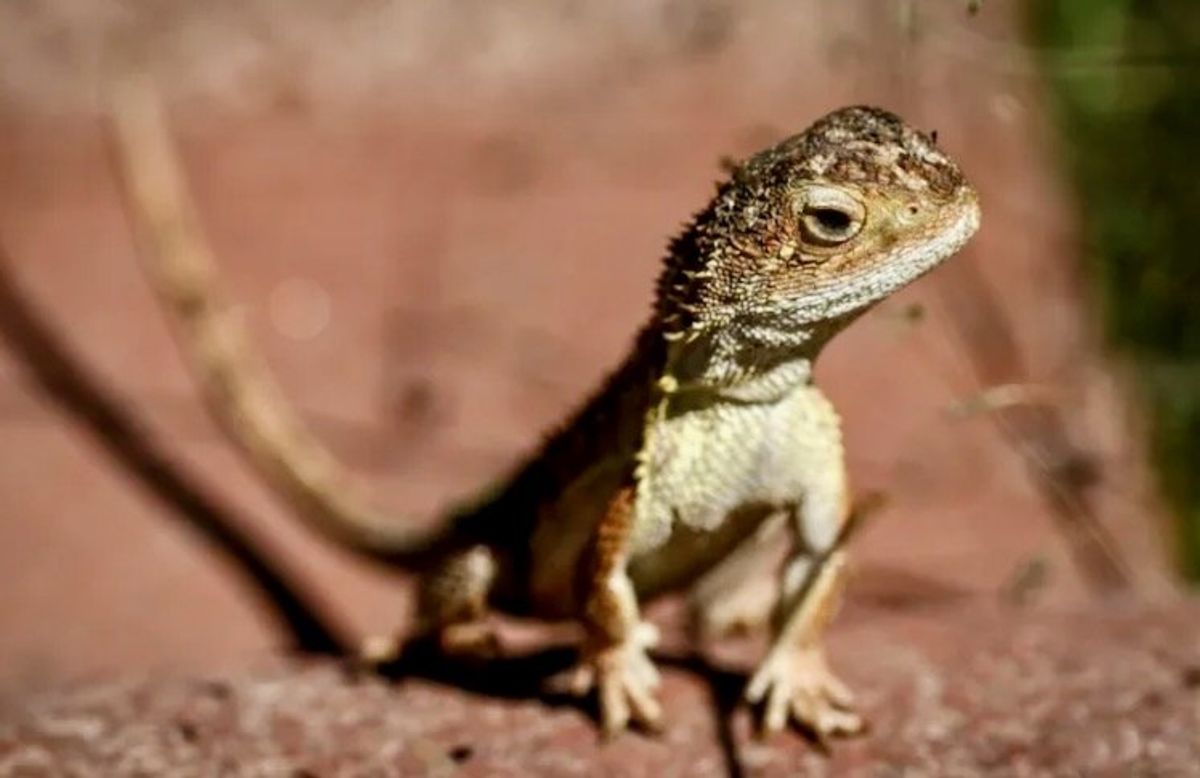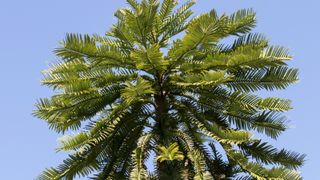Lessons from South Australia's business recovery amidst bushfires and pandemic

New research has given insight into the resilience and recovery of businesses in two South Australian regions following a major bushfire event and disruptions caused by the COVID-19 pandemic.
Small businesses in two of the state's regions affected by a devastating bushfire and a COVID-19 cluster outbreak have been analyzed by economics experts at the University of South Australia to determine the best pathways for future disaster recovery in regional areas.
Like many SA regional areas heavily reliant on international tourists, Kangaroo Island and Barossa Valley experienced a drop in visitors following the destructive 2019–20 bushfires that erupted on Kangaroo Island only months before COVID-19 halted international travel. The bushfire was the largest in KI's history, scorching 211,000ha of land, which is almost half the island.
A few months later the Barossa Valley experienced its own disaster when a cluster of COVID-19 cases sent the region into lockdown. Both events caused significant disruption to businesses' cash flows, supply chains and markets.
In a study of a small pool of business owners across KI and Barossa Valley, published in the journal Regional Studies, Regional Science, UniSA's Dr. Kathy Rao found that a "dynamic capabilities approach" during a crisis is integral to long-term recovery in regional areas. This includes having the ability to identify and evaluate a threat, deploying resources in response to it and then renewing or transforming structures to ensure recovery and survival.
She says research participants spoke about the importance of financial stability for small businesses and its impact on business operations during crises.
"Many of the small business operators also found that having a strong online presence including a well-established website was an essential factor in their survival during the pandemic. Connections with local community groups or committees such as Tourism SA, Regional Development Australia and well as local accountants, mentors, lawyers and web designers were also critical," she says.
Most Barossa Valley participants reflected on how COVID-19 forced them to adapt or change their existing business models or alter their products and services. Some were forced to lay off staff, while others took the initiative to learn how to make their business leaner. Some took the period as a time for reflection, revaluation and to think about how they could "do things differently."
Dr. Rao says the study has identified a lack of mental health support for business owners and operators in regional areas during times of crises.
"We know that higher workloads and stress, exacerbated by turbulent environments, can put considerable pressure on mental health and well-being of business operators which can affect their ability to manage and make decisions, ultimately posing a risk to their resilience," she says.
"Many of the participants indicated that mental health is still a topic that carries stigma in regional communities. The psychological effects of the pandemic on business owners and managers were especially significant because without mental health, other supports were difficult to access."
The findings also indicated that regional business responses to the COVID-19 crisis were reactionary and often involved implementing short-term remedies to address reduced cash flow and supply and demand.
Dr. Rao says the findings have highlighted the need for regional businesses to undertake key processes that lead to building resilience over time, rather than only acting once a crisis has broken. These include establishing connections with local and regional support structures such as Regional Development Australia, tourism or primary industry authorities, local councils and community groups.
Most businesses in the study would also have failed to survive without a digital marketplace or online marketing strategies.
"Businesses therefore need to consider these factors in their crisis recovery planning and skillfully navigate and adapt around these challenges," Dr. Rao says.
She says while few Australian studies have investigated the impact of disasters on regional businesses, examining the effects of such crises is critical in contributing towards further regional policy development and decision making.
"Regional businesses contribute enormously to the area's socio-economic viability and act as a vital source of wealth and culture. Regional enterprises—from cafes to clothes shops to tourism enterprises—are crucial for healthy, well-functioning local communities so we must understand how to ensure regional businesses have the capacity to anticipate, adapt, respond to and recover from external shocks and disturbances," she says.
More information: Kathyayini Kathy Rao et al, The dynamic capabilities approach and regional business resilience: an Australian case study, Regional Studies, Regional Science (2024). DOI: 10.1080/21681376.2024.2315192
Provided by University of South Australia Female business leaders need better support to thrive in times of crisis

.jpg)

